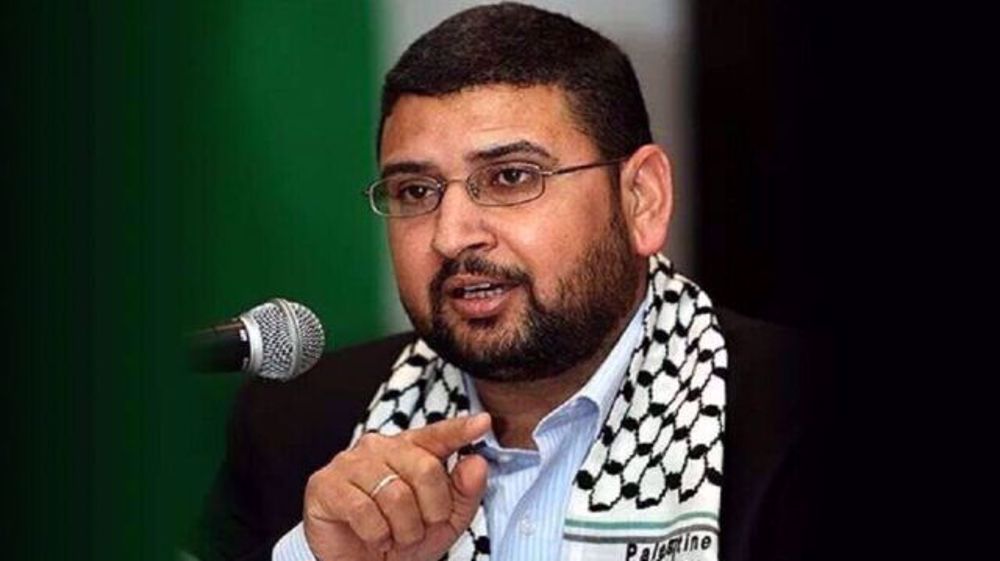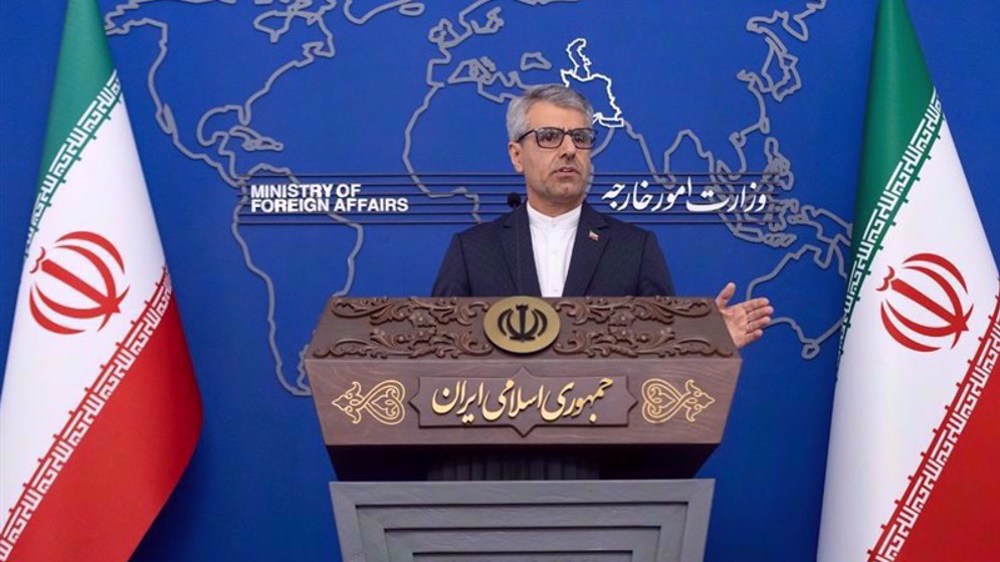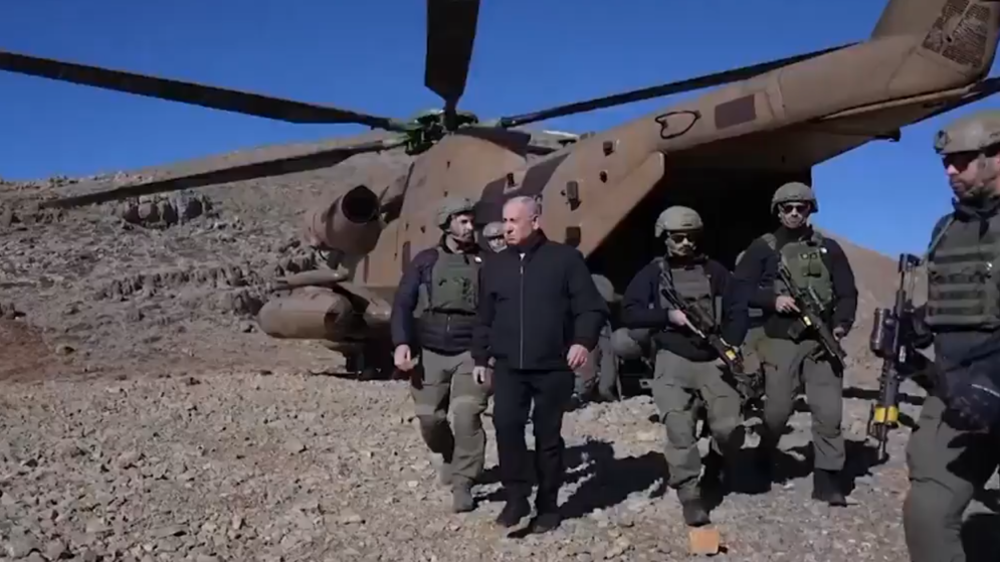Israel temporarily opens two border crossings with Gaza Strip
Israel has temporarily reopened two vital border crossings between the occupied territories and the besieged Gaza Strip, a few days after it shuttered them to further tighten a decade-long blockade on the impoverished enclave.
According to a statement from the office of Israeli Minister for Military Affairs Avigdor Lieberman, the Kerem Shalom border crossing, which is used by trucks carrying goods, and the Erez crossing, which is used for the movement of people, were both opened on Sunday.
“The decision comes after a decrease in the violent events in Gaza over the weekend and efforts Hamas made to restrain” the statement said, referring to the Palestinian Hamas resistance movement, which governs the sliver for the past decade and plays a vital role in defending the strip against Israeli aggression.
The Kerem Shalom land crossing between the southern Gaza Strip and the occupied territories is the main export-import terminal for inhabitants of the sliver. It is located at the junction of the Gaza–Israel border and the Gaza–Egypt border.
The Erez crossing is situated at the northern end of the Gaza Strip and opens to the Israeli-occupied territories. It is the only land crossing for the movement of people between the two sides, and it also indirectly links Gaza to the occupied West Bank. The gateway is also used to link the blockaded sliver with third countries in time of the closure of the Rafah Crossing, the sole crossing point between Egypt and Gaza.
On Wednesday, the Israeli minister ordered the closure of both border crossings, after the Tel Aviv regime launched 20 airstrikes against Hamas positions in Gaza following a purported rocket attack by Hamas.
Israel has imposed movement restrictions on the Gaza Strip since the early 1990s. Restrictions intensified in June 2007 when Tel Aviv imposed a land, sea and air blockade on Gaza, citing security concerns.
Back in July, the Israeli regime also limited the fishing area for Gazans to only three nautical miles as part of punitive measures against them over the launch of incendiary balloons from the Palestinian coastal sliver into the occupied territories as part of ongoing protests against the decades-long Israeli occupation.
Over the past few years, Israeli troops have also carried out over a hundred assaults on Palestinian boats, arresting dozens of fishermen and confiscating several boats.
Around two million Palestinians in Gaza remain locked in and are prevented from having free access to the remainder of Palestine and the outside world. The blockade has also undermined the living conditions in the coastal enclave and fragmented its economic and social fabric.
Tensions have been running high near the fence, separating Gaza from the occupied territories, since March 30, which marked the start of a series of protests dubbed “The Great March of Return.” Palestinian protesters demand the right to return for those driven out of their homeland.
The deadly clashes in Gaza reached their peak on May 14, the eve of the 70th anniversary of Nakba Day, or the Day of Catastrophe, which coincided this year with Washington's relocation of the US embassy from Tel Aviv to occupied Jerusalem al-Quds.
More than 200 Palestinians have so far been killed and over 20,000 others wounded in the renewed Gaza clashes, according to the latest figures released by the Gaza Health Ministry.
VIDEO | Tehran commemorates martyred Hezbollah leader
VIDEO | Press TV's news headlines
VIDEO | Iranian military's 'Zolfaqar' exercises continue in full swing
VIDEO | People’s Fair for Gaza fundraiser held in New York
Hamas: Netanyahu tampering with fate of Israeli captives
VIDEO | Kashmir pays homage to Hezbollah leaders
VIDEO | Trump's ethnic cleansing plan draws Palestinian supporters to Seoul rally
VIDEO | An insider's view of the country: Kashan City














 This makes it easy to access the Press TV website
This makes it easy to access the Press TV website